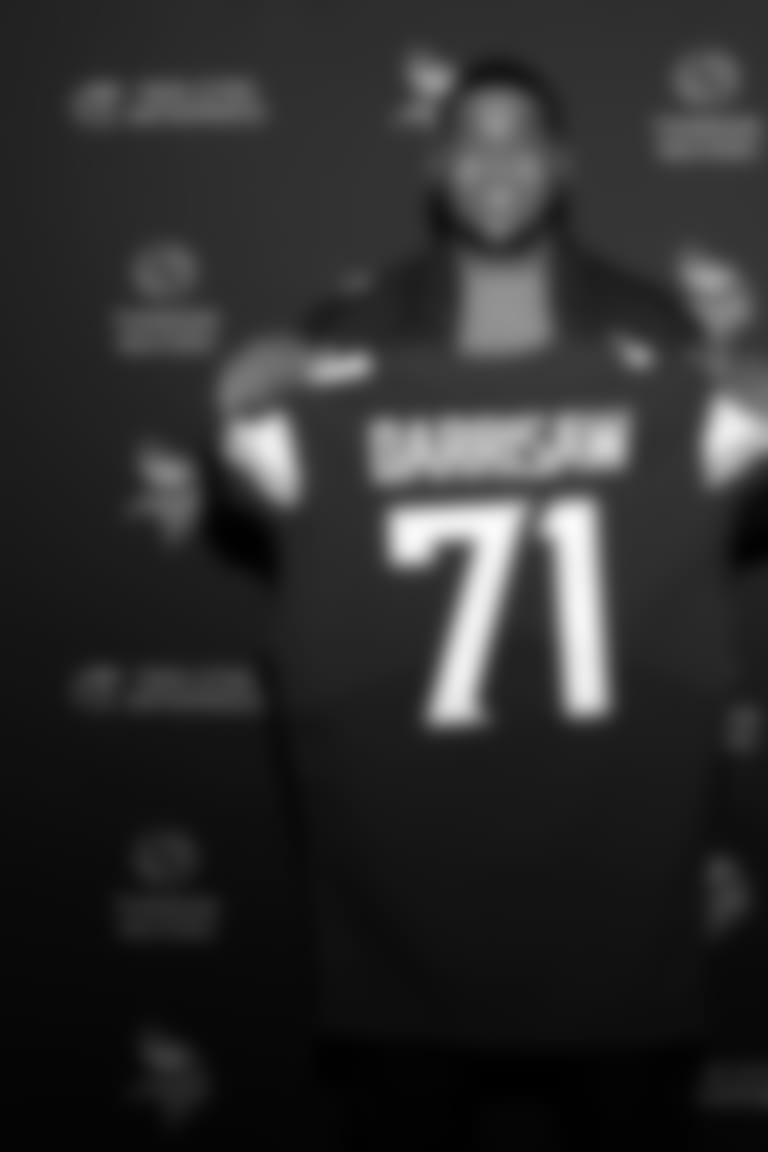Eric Sugarman didn't have time to relax in the hours leading up to the 2021 NFL Draft.
The Vikings Vice President of Sports Medicine and Head Athletic Trainer was busy trying to update final medical information on certain prospects as late as 5 p.m. (CT) on the evening of April 29, just two hours before the first round began.
And it wasn't just Day 3 prospects that needed more data. Due to the unusual process that NFL teams endured this offseason in regards to gathering medical information, Sugarman said there were more than a few opening-night prospects in flux as Minnesota's staff worked from the Thomson Reuters Vikings Draft Room at Twin Cities Orthopedics Performance Center.
"They were all over the board … the guys that we're talking about. Anywhere you point," Sugarman said. "But we have a very effective system since we do the medical portion of the draft in collaboration with [Vikings General Manager] Rick [Spielman] and our team physicians. We're all very comfortable with how that works.
"I just shared the information as it came. If it affected the guy's status on the draft board, we made that change," Sugarman continued. "Without getting into the specifics, there were guys that were affected by last-minute information … some favorable, and some not favorable.
"Maybe you got an MRI on a guy on Thursday that you liked but you weren't willing to draft until you saw that MRI? Maybe it helped upgrade a player and vice-versa?" Sugarman added. "There were a couple guys where we were waiting on some cardiac MRIs that we got at the last minute, so it might have affected their status or it stayed the same."














